Species in Coastal Ecosystems
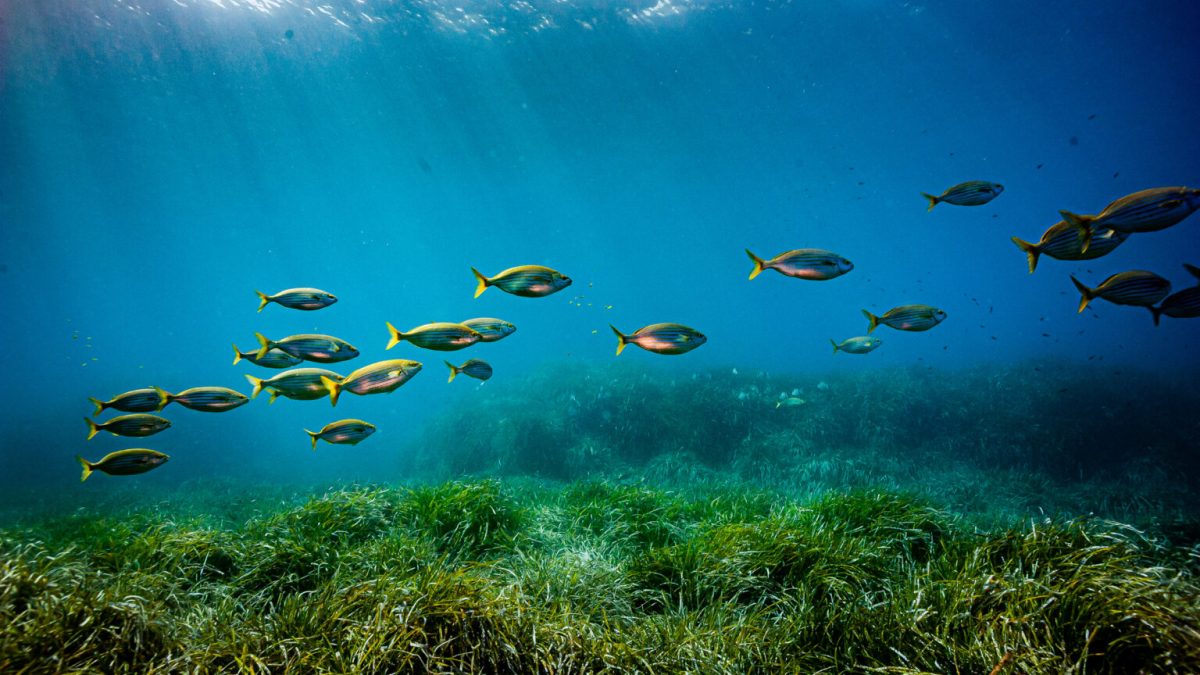
Coastal ecosystem (Photo Credit : Alessandro Rota)
Coastal ecosystems, as transition areas between land and sea, provide habitats for various species with high economic value. The components of coastal ecosystems include:
- Sandy Beaches
- Mangrove Forests
- Seagrass Beds
- River Estuaries
Their diversity as transition areas also includes a variety of biota living within them. Several species in coastal ecosystems are economically significant for both capture fisheries and aquaculture. Here are some economically significant species in coastal ecosystems:
- Fish
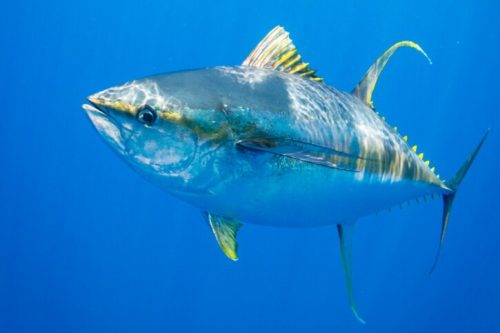
Thunnus albacares (Photo Credit : Ellen Cuylaerts/The Ocean Agency)
Coastal fish are groups of fish that live near the shore or in shallow waters, including those that live in estuarine waters. Coastal fish species vary in shape, size, and habitat, depending on their specific environment. Several species of fish commonly found in coastal waters, some of which are already cultivated, include:
- Grouper (Epinephelus spp.)
- Barramundi (Lates calcarifer)
- Milkfish (Chanos chanos)
- Yellowfin Tuna (Thunnus albacares)
- Pompano (Trachinotus blochii)
- Red Tilapia (Oreochromis spp.)
- Cobia (Rachycentron canadum)
- Red Snapper (Lutjanus campechanus)
- Silver Pomfret (Pomadasys hasta)
- Rabbitfish (Siganus spp.)
- Spanish Mackerel (Scomberomorus spp.)
- Stingray (Dasyatidae spp.)
- Jackfish (Caranx spp.)
- Emperor Fish (Lethrinus spp.)
- Crustaceans
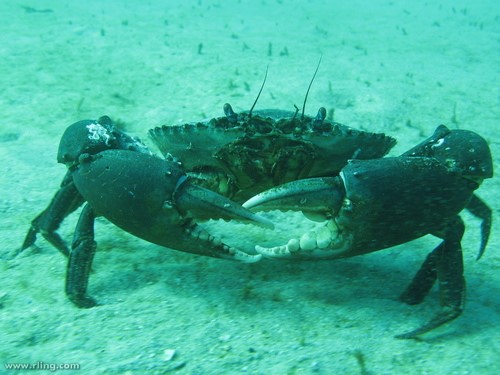
Scylla serrata (Photo Credit : Richardling)
Crustaceans are a group of invertebrate animals belonging to the subphylum Crustacea. They are generally found in various aquatic habitats, including coastal waters. The distinctive feature of crustaceans is their segmented bodies equipped with legs, antennae, and specialized mouthparts. Another characteristic is their chitinous exoskeleton. Some species found in coastal waters include:
- Vannamei Shrimp (Litopenaeus vannamei)
- Mangrove Crab (Scylla serrata)
- Blue Swimmer Crab (Portunus pelagicus)
- Tiger Shrimp (Penaeus monodon)
- Sand Lobster (Panulirus homarus)
- Soft Shell Crab (Scylla spp.)
- Mollusks
As a group of invertebrate animals belonging to the phylum Mollusca, they can be found in various aquatic habitats, including coastal waters. Mollusks consist of various classes, such as Gastropoda (snails and slugs), Bivalvia (clams and mussels), and Cephalopoda (squids and octopuses). Ecologically, mollusks function as filter feeders, decomposers, and food sources for various marine animals. Here are some mollusks in coastal waters:
- Gastropoda
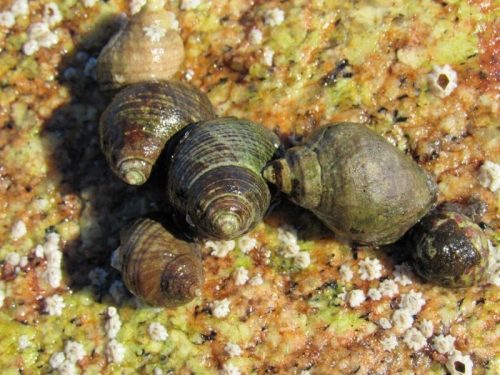
Littorina littorea (Photo Credit : Jonatan Antúnez)
- Sea Snails (Littorina spp.)
- Nudibranchs (Nudibranchia)
- Bivalvia
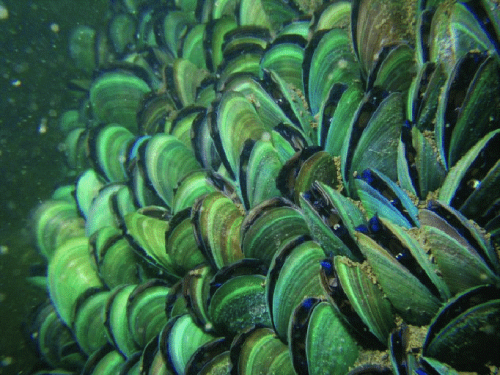
Perna viridis (Photo Credit : Konstantin Lutaenko)
- Mussels (Mytilus spp.)
- Green Mussels (Perna viridis)
- Oysters (Ostreidae)
- Clams (Corbicula spp.)
- Cephalopoda
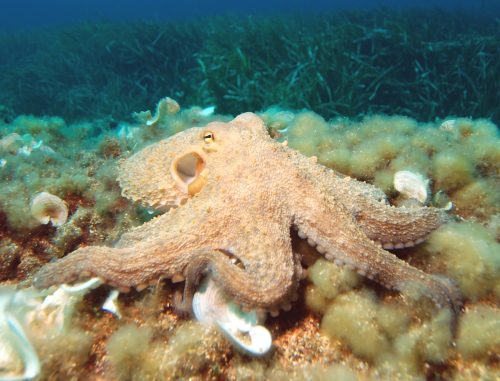
Octopus vulgaris (Photo Credit : Albert Kok)
- Squid (Loligo spp.)
- Octopus (Octopus spp.)
- Polyplacophora
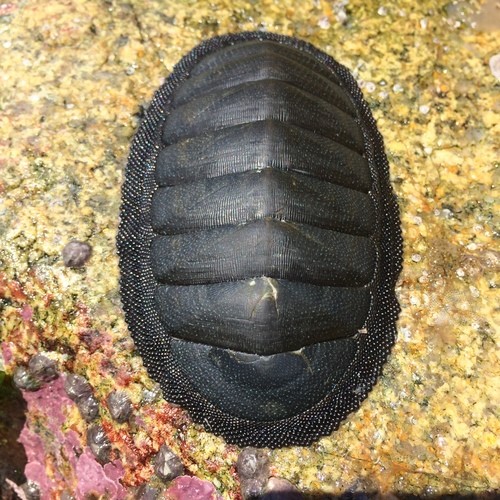
Chiton magnificus (Photo Credit : Marcelo_mt)
- Chiton (Chiton spp.)
- Scaphopoda
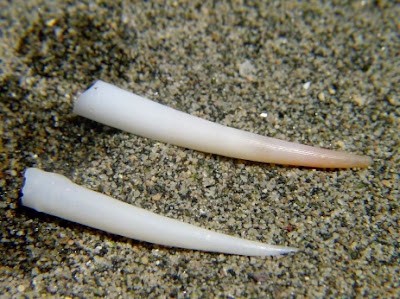
Dentalium vulgare (Photo Credit : Gery Purnomo)
- Tusk Shells (Dentalium spp.)
- Gastropoda
- Seaweed
Seaweed is a general term used to refer to a large group of algae that live in marine and freshwater environments. Although called "seaweed," they are not true plants like terrestrial grass but are classified as algae. Seaweed comes in various shapes, sizes, and colors, and plays an important role in marine ecosystems. It is used in food, pharmaceuticals, and the cosmetics industry. Some seaweed species have already been cultivated, including:
- Green Seaweeds
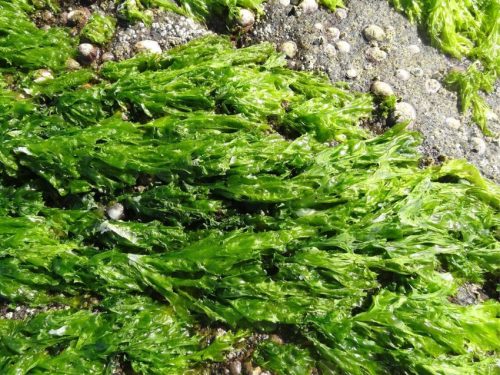
Ulva spp. (Photo Credit : Ivonne Lozano-Muñoz)
- Ulva spp. (sea lettuce), often found on sandy beaches and calmer waters
- Red Seaweeds
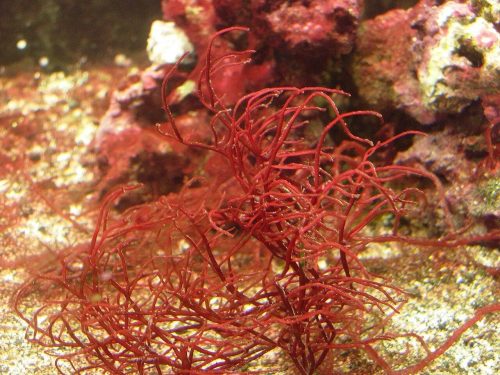
Gracilaria spp. (Photo Credit : Eric Moody)
- Gracilaria spp., often growing on rocky and coral substrates
- Eucheuma spp.
- Brown Seaweeds
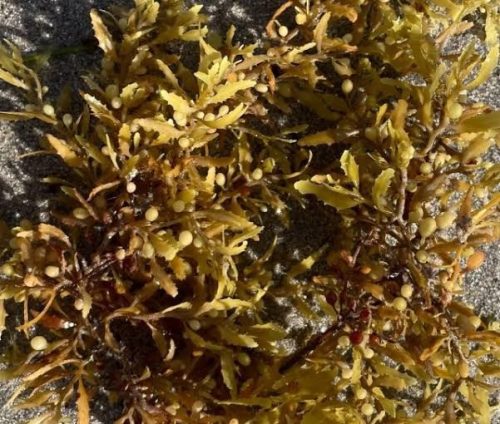
Sargassum fluitans (Photo Credit : Susan K. Jackson)
- Sargassum spp., often found on sandy beaches and can grow very large
- Green Seaweeds
-YN

